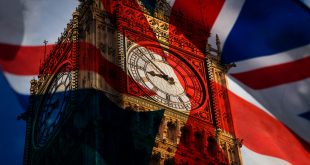The Federal Reserve’s proposal to loosen leverage rules for major banks has ignited controversy, with some policymakers signaling opposition. This move, announced on June 25, 2025, aims to adjust the enhanced Supplementary Leverage Ratio (eSLR), a post-2008 crisis measure to bolster banking stability. The debate centers on balancing financial resilience with economic flexibility.
Understanding eSLR
Introduced in 2014 under Basel III, the eSLR requires Global Systemically Important Banks (GSIBs) to hold a 5% capital buffer against total leverage, including low-risk assets like US Treasury bonds. This ensures banks remain solvent during crises, protecting the global financial system.
Proposed Changes
The Fed’s plan would lower the eSLR buffer from 2% to half of a bank’s method 1 surcharge, cutting capital requirements by 1.4% for GSIBs and 27% for their subsidiaries. This shift aims to free up capital, allowing banks to invest more in Treasury bonds, potentially stabilizing markets during economic stress.
Implications and Pushback
Lower eSLR requirements could boost GSIBs’ investment capacity, supporting US Treasury market stability. However, Fed Governors Adriana Kugler and Michael Barr plan to oppose the changes, citing risks to financial safeguards. As debates unfold, the outcome will shape banking resilience and market dynamics.

 Noor Trends News, Technical Analysis, Educational Tools and Recommendations
Noor Trends News, Technical Analysis, Educational Tools and Recommendations




